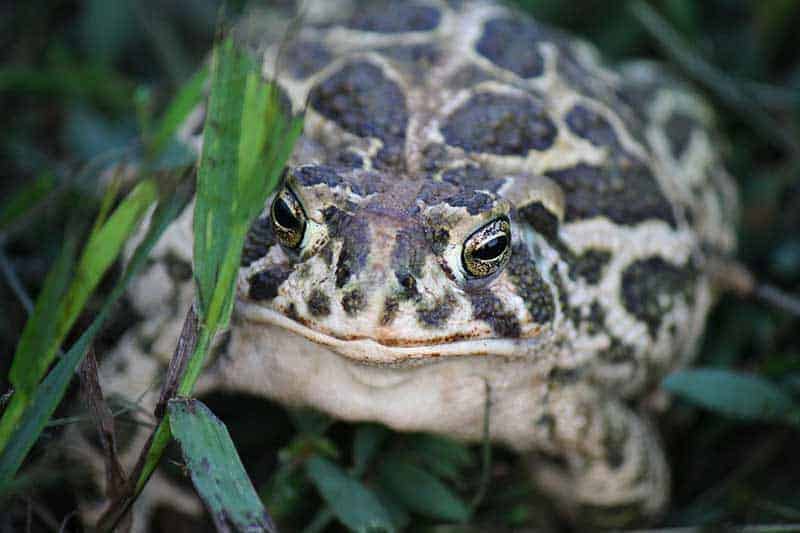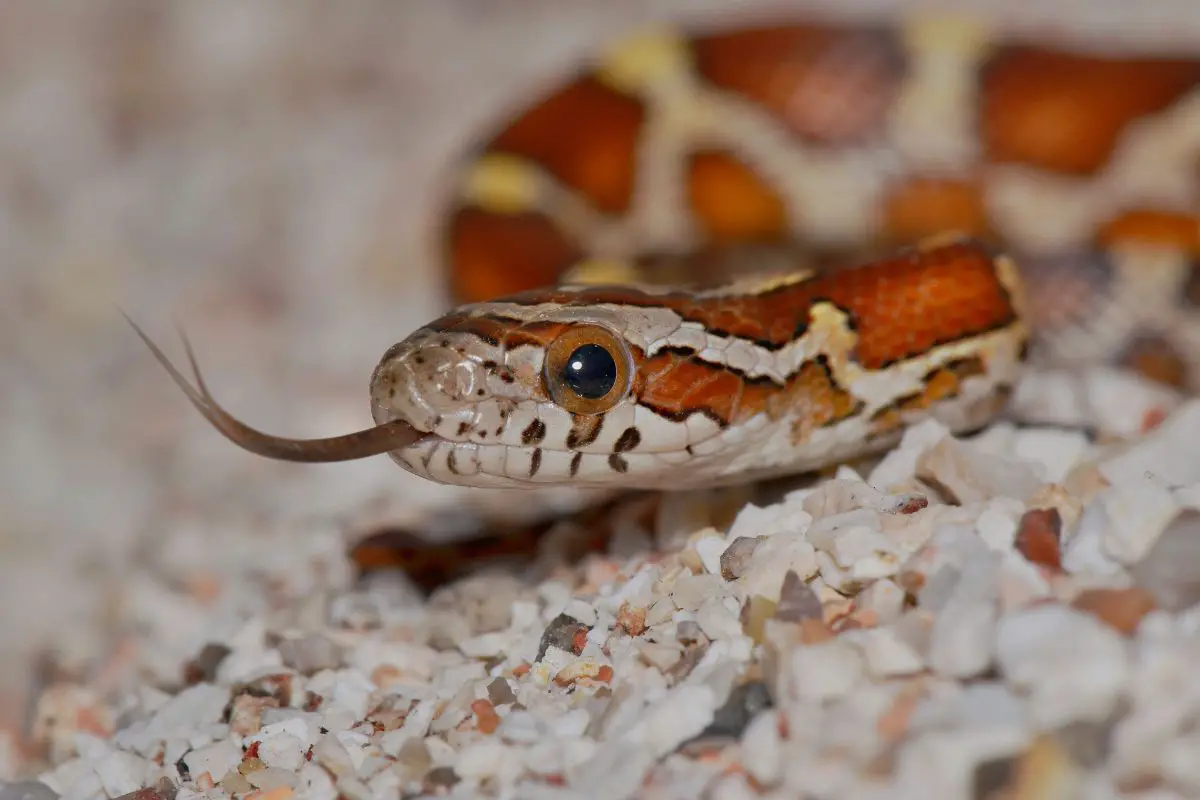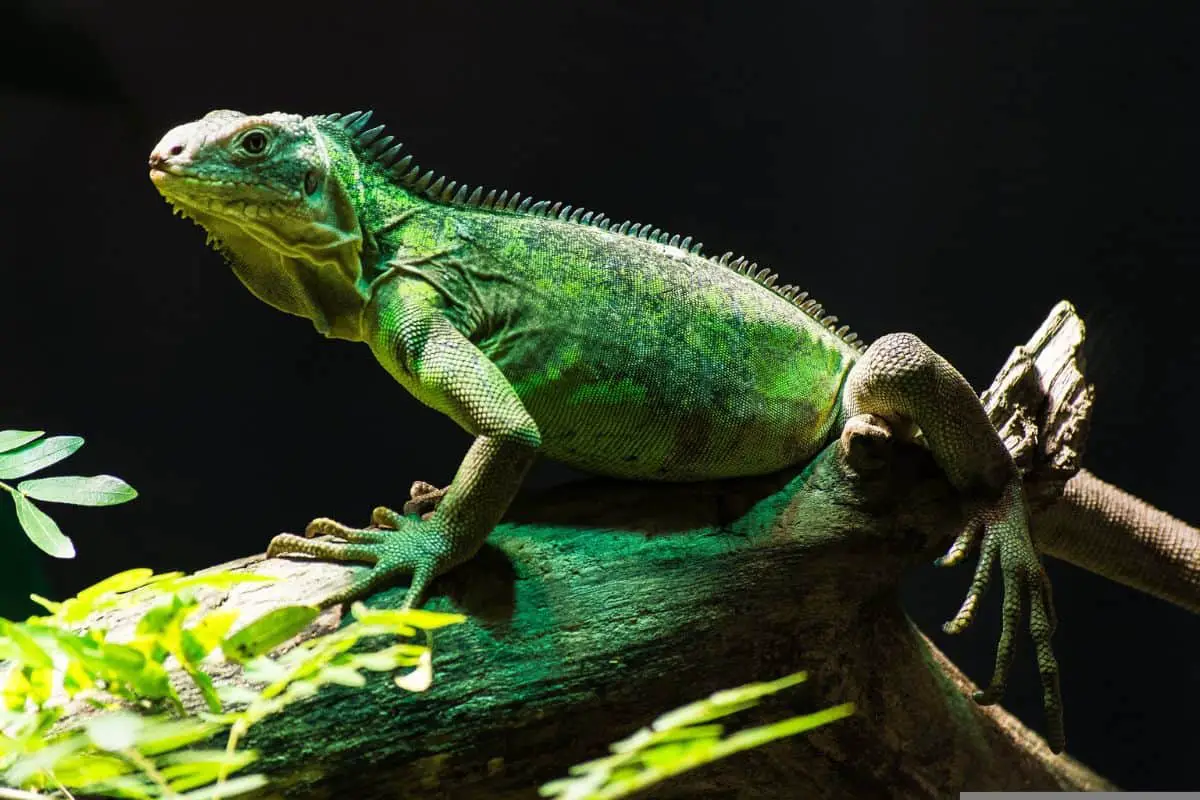Toads live throughout California, and since they’re often much better adapted to living in dry climates they’re usually more common here than frogs. There are 12 different toads in California, and while they’re all fascinating, be careful: most toads are poisonous!
Let’s have a look at California’s toads.
12 Toads in California
The 12 types of toad in California are the California toad, the Arroyo toad, the Black toad, the Couch’s spadefoot toad, the Great Basin Spadefoot Toad, the Great Plains Toad, the Red Spotted Toad, the Sonoran Desert Toad, the Western Spadefoot Toad, the Western Toad, the Woodhouse’s toad, and the Yosemite Toad.
1. California toad
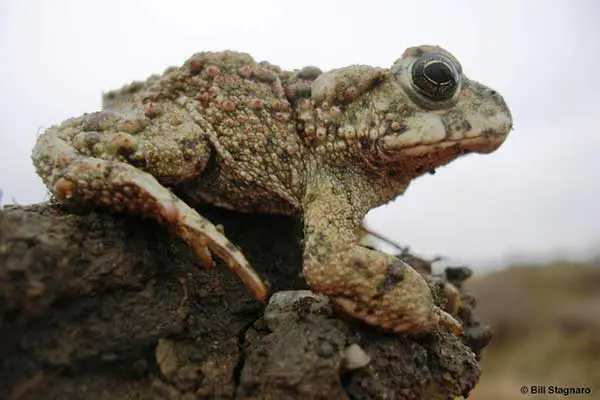
Scientific name: Anaxyrus boreas halophilus
A large, common toad found throughout most of California, the California toad has dry, warty skin that’s typically greenish brown or tan in color. During the summer months this species is nocturnal, although they tend to be diurnal during the cooler winter months.
They feed on a wide variety of invertebrates, without a lot of noticeable preference for some prey over others. If you see a toad in California, there’s a good chance it’s a California toad.
2. Arroyo toad
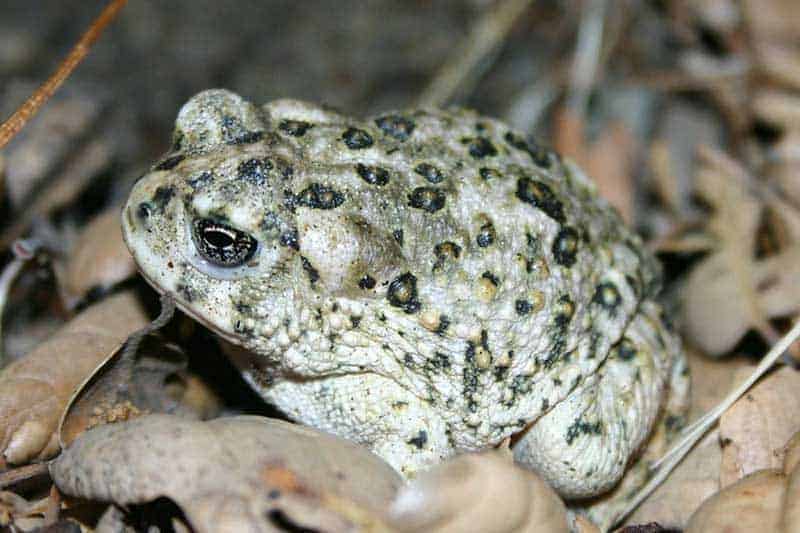
Scientific name: Anaxyrus californicus
Living mainly in the southern coastal mountain ranges, these amphibians are usually greenish-gray but occasionally can have a salmon color. This toad is an endangered species that can be easily confused with the more common California toad. It’s almost entirely nocturnal. They breed from March to July.
3. Black Toad
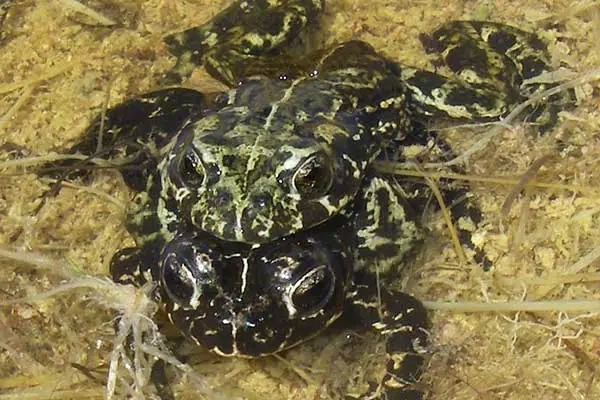
Scientific name: Anaxyrus exsul
This toad has striking black skin with cream colored speckles and a single white stripe running down it’s back. It lives only within the Deep Springs Valley between 5000 and 5200 feet of elevation, but it’s plentiful within that range and so isn’t considered endangered.
With no vocal sac, it’s incapable of croaking and instead makes a small chirping noise as its primary vocalization.
4. Couch’s spadefoot toad

Scientific name: Scaphiopus couchii
A dull yellow toad about three inches long, these toads like prairie grasslands where they breed in pools of rainwater. In California, they’re primarily found in the southeastern portion of the state, near the border with Arizona.
They breed almost any chance they get, since they rely on rainwater to create appropriate habitat for their tadpoles.
5. Great Basin Spadefoot Toad
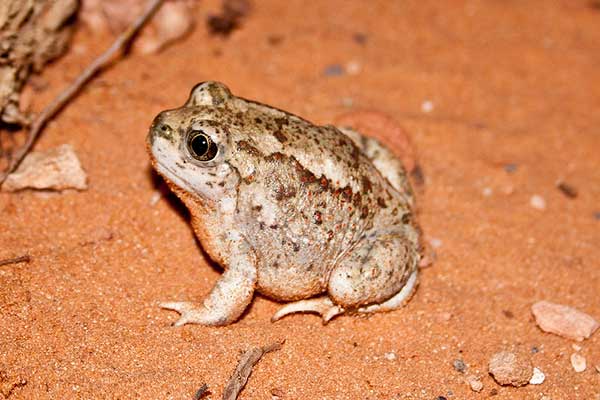
Scientific name: Spea intermontana
Named for the wedge-shaped digging claw on their foot, spadefoot toads spent most of their lives buried underground since they don’t live in wet, humid environments like most toads. The Great Basin spadefoot lives mostly in the northeastern part of California, towards the border with Oregon.
As with other spadefoots, they breed after heavy rains when the gathered rainwater creates a suitable environment for their eggs and tadpoles.
6. Great Plains Toad
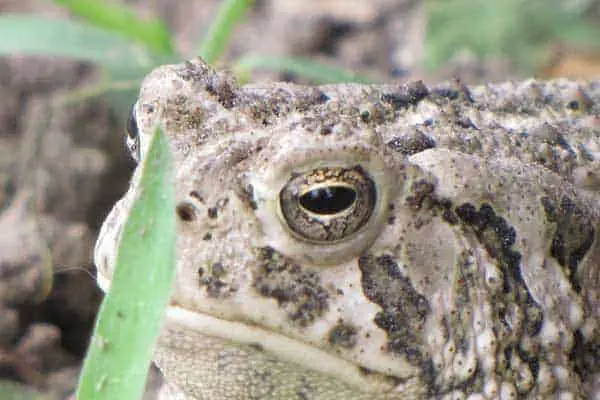
Scientific name: Anaxyrus cognatus
A large and warty toad, the Great Plains Toad is not common in California. The few that can be found here are in the southeast corner of the state. If you want to find one, they tend to congregate by roadside ditches where the insect population is high, and they’re most active at night.
The call of this toad has been compared to the sound of a jackhammer, and you’ll hear the males making this call, which can last from 20 to 50 seconds, as they try to attract females.
7. Red Spotted Toad
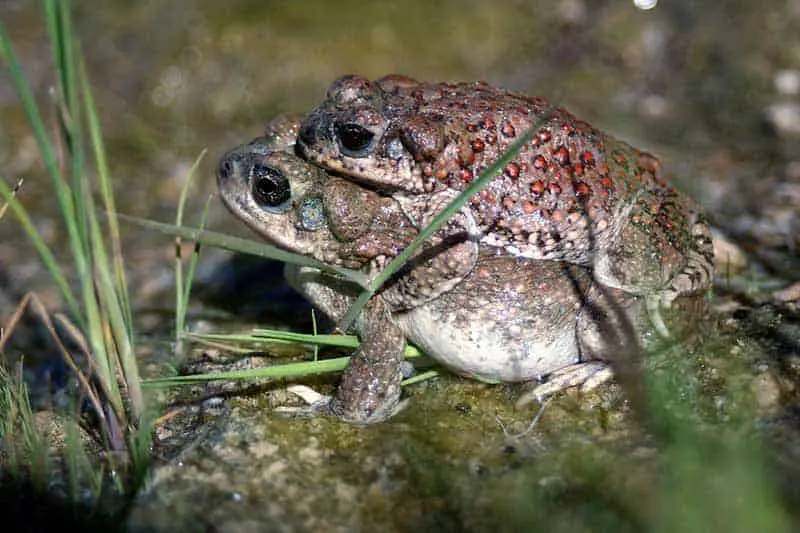
Scientific name: Bufo punctatus
At first glance it looks like this toad has chicken pox, or some other kind of infection. Each of the warts on its skin has a red spot on it, which really does make it look very sickly, especially with its gray skin.
Common throughout the southeastern corner of the state, they like to inhabit rocky canyons where they spend their stays hiding in streams or under rocks. Their range extends south into Mexico.
8. Sonoran Desert Toad
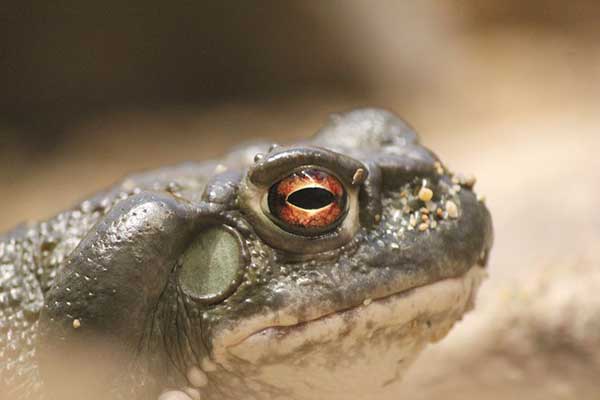
Scientific name: Incilius alvarius
This huge toad reaches over 7 inches in length and prefers semi-desert habitats common in much of the southern half of the state. They have smooth, olive green skin. This, combined with their size, makes them quite similar in appearance to bullfrogs.
They usually only breed on one night per year, following a heavy rainfall. This extremely limited breeding season makes them vulnerable, because they simply don’t breed as much as other toads.
9. Western Spadefoot Toad
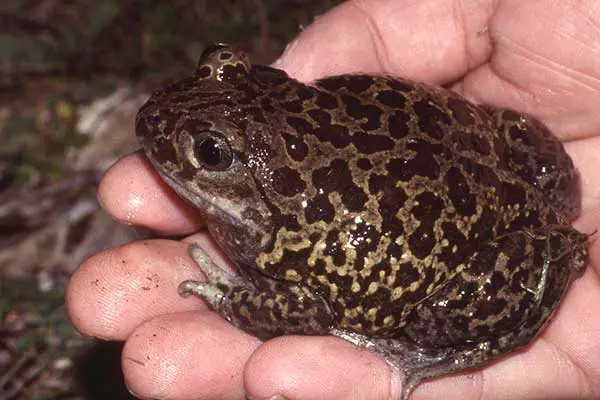
Scientific name: Spea hammondii
This smooth-skinned, green colored toad lives in the grasslands and oak woodlands of the Central Valley. While it’s very common, it’s nocturnal, and so it’s only rarely seen. Like other spadefoots, they only lay their eggs in temporary pools formed after heavy rainfall. This means not only that they have to breed quickly, but that the eggs and tadpoles have to mature much more quickly than in other species.
10. Western Toad

Scientific name: Bufo boreas
This toad is chunky or stocky, with short legs and lots of warts on it’s skin. Color ranges from brown to gray, with a mottled underside and a pale stripe down the back. There are two large knobs on the back of the feet that are used for digging, not unlike the spadefoot toads. This is one of the most common toad species in the state, and is found everywhere except the deserts and the highest altitudes in the mountains.
11. Woodhouse’s Toad

Scientific name: Bufo woodhousii
Yellowish brown to greenish gray in color with a light stripe down it’s back, this toad can reach five inches in length. They favor fertile river valleys and flood plains where the soil is deep. Woodhouse’s toads like to burrow into the soil during the day to escape the heat, and emerge at night to feed on insects. They can be found in the extreme southeastern part of the state.
12. Yosemite Toad

Scientific name: Anaxyrus canorus
Very similar to the western toad, the Yosemite toad inhabits much higher altitudes (6400 to 11320 feet). They prefer wet meadows but will also inhabit pine forests with seasonal ponds. They live entirely in the high Sierra mountains in Central California.
